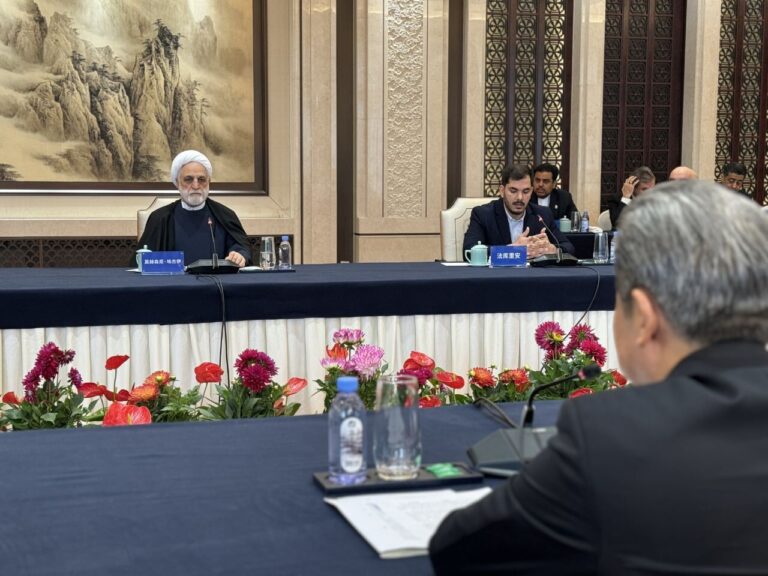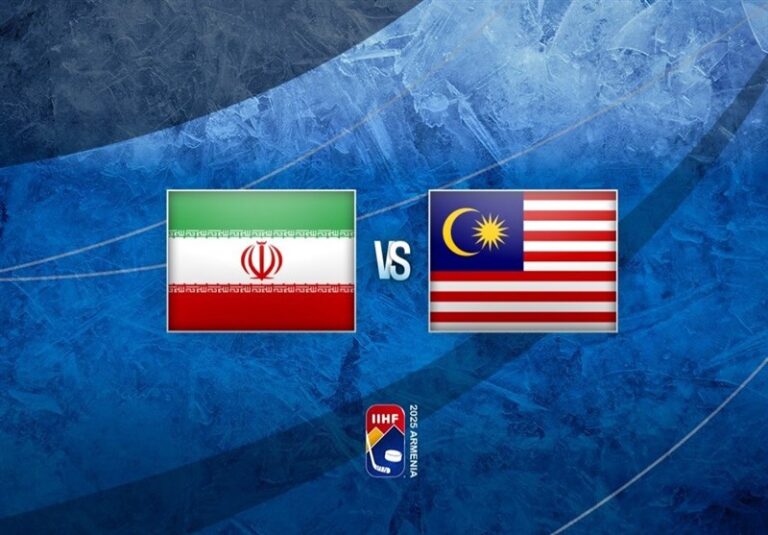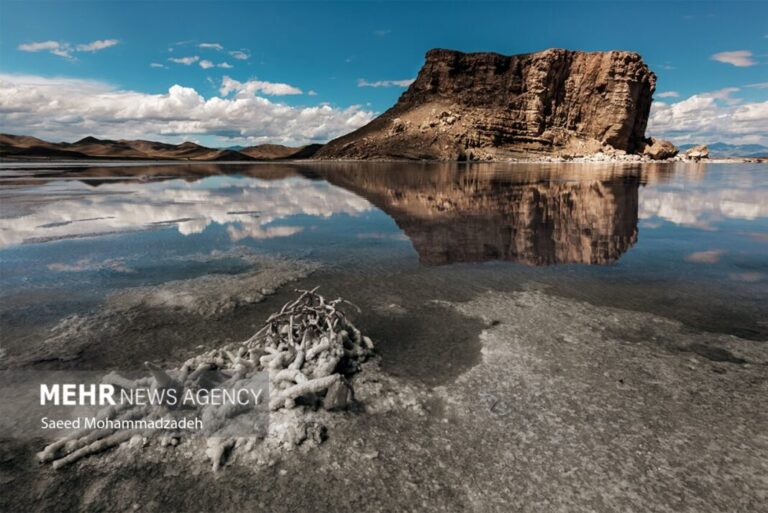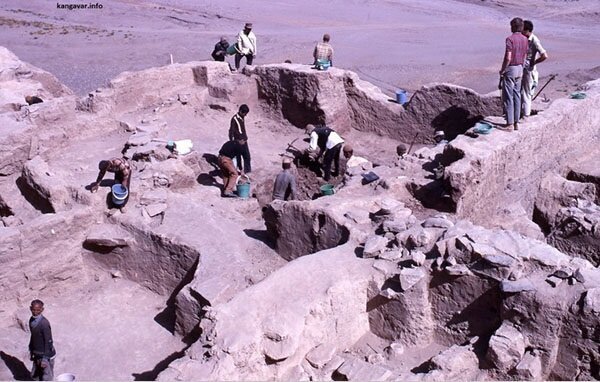Unveiling Iran’s Water Legacy: How Qanats Fueled the Achaemenid Empire’s Expansion
In the fascinating realm of ancient engineering, the qanat system of Iran stands out as a remarkable testament to the ingenuity of early civilizations. An expert in qanat studies, Mohammad Barshan, highlights the significance of these ancient underground water networks, emphasizing their vital role in the prosperity of the Achaemenid and Sassanid empires.
Barshan notes, “If someone irrigated a dry land through the construction of a qanat during the Achaemenid era, he/she was exempt from paying tax for five years.” This statement underscores the historical importance of water management in Iran. The formation of qanats, characterized by their engineered precision, is a reflection of the Iranian people’s profound understanding of water’s essential role in their livelihoods.
Iran is home to the longest and oldest qanats in the world, with 11 qanats listed as UNESCO World Heritage Sites. These sites are recognized as engineering masterpieces in the management of water resources. UNESCO describes the qanats as providing “exceptional testimony to cultural traditions and civilizations in desert areas with an arid climate.”
Generally, each qanat consists of:
- An almost horizontal tunnel that collects water from an underground source.
- A mother well sunk to the appropriate aquifer level.
Barshan, who manages the Kerman Qanat Center, points to ancient stone inscriptions and tablets that reveal how ancient Iranians brought groundwater to their villages and cities through deep aqueducts. Professor Henry Gubler, who has researched Iran’s aqueducts for over three decades, estimates their total length to exceed 400,000 kilometers, which is several times longer than the Great Wall of China.
One of the most notable qanats is the Gonabad Qanat, which spans an impressive 35 kilometers and reaches depths of over 300 meters, featuring wells at intervals of 50 meters. This remarkable structure is a masterpiece from the Achaemenid era. Nasser Khosrow Qobadiani, during his travels, referred to the Gonabad Qanat as a “water-rich and profitable aqueduct.”
Barshan further explains that the grandeur of Iran’s aqueducts has drawn the attention of international groundwater experts. Notable figures such as Batello and Avelman believe that aqueducts in locations like Los Angeles and Pasadena, California, as well as those in Chile and Mexico, were influenced by Iranian engineering techniques.
While many ancient civilizations thrived along the banks of major rivers such as the Nile, Tigris, and Euphrates, Iran uniquely developed into a global empire far from any significant river. Barshan attributes this success to the advanced hydrological knowledge cultivated in Iran, particularly during the Islamic era.
In his seminal work, “Athar al-Baqiyyah,” the famous scholar Abu Rayhan al-Biruni emphasizes the variability of spring and river water levels throughout the year. For instance, the water in the Jihun river increases when the Tigris and Euphrates rivers decrease, highlighting the complex interplay of geographical and climatic factors.
Barshan also points out Avicenna’s contributions to water knowledge, noting that the renowned Persian physician dedicated a chapter to this subject in his book, “Alaee Encyclopedia.” The Kurit Dam, constructed near Tabas during the Achaemenid era, showcases the engineering prowess of the time. Renovated during the Sassanid era and again during the life of Khajeh Nasireddin Toosi (1201–1274 CE), this dam stood at 64 meters high, making it the largest in the world for over 600 years.
During the Achaemenid era, more than 60 dams were constructed in Iran, along with a bridge in Shushtar that spans over 500 meters. Bridges, such as those found in Sarvestan and Mianeh, further illustrate the advanced hydrological knowledge prevalent in ancient Persia.
Barshan also highlights the significance of Iranian watermills, which played an essential role in the hydrological cycle. Ancient Iran featured various types of mills, including wheel and floating mills, remnants of which can still be observed in Shushtar. The ancient water purification device discovered in Chogha Zanbil is recognized as the first and oldest of its kind, capable of transforming the muddy waters of the Karkheh River into clean, drinkable water.
Moreover, the sophisticated water reservoirs of Iran’s desert provinces were key components of the advanced water management systems of the time. These centers not only stored and purified water but also helped in its cooling. Traces of ancient water coolers discovered in Susa and Shushtar provide evidence of the innovative methods employed by ancient Iranians. Descriptions from travelers and historians, such as Naser Khosrow, further attest to the remarkable engineering feats achieved in this field.
In addition to these wonders, lighthouses and the climatic conditions of seas were integral aspects of Iranian hydrological science. The legacy of Iran’s qanats and water management systems continues to inspire contemporary water resource management practices around the globe.






